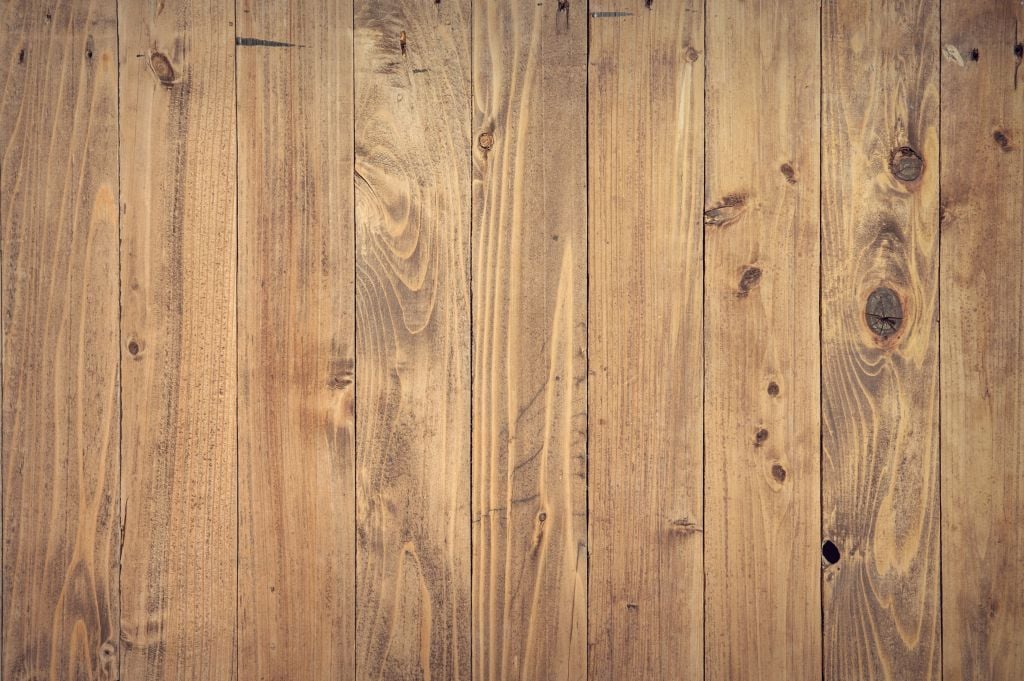Green Building Approaches and Trends
Architects, designers, and developers are facing a considerable amount of public, economic, and regulatory pressure to construct environmentally...
Floor, wall and ceiling mounted to meet your unique project design.

The county of San Francisco is a hotspot for property developers. As tech companies spilled over from Silicon Valley, office and rental prices shot up, and the supply could hardly keep up with demand.
This trend, which started a few years ago, has not slowed, and construction is playing catch up. In 2018, new housing in the city totaled 2,600 units, and office sales averaged $2.5 billion.
San Francisco building codes are revisions of the state of California's Building Standards and align with the international building code in scope. The city's building systems are used in combination with the state's codes. Adherence to the policies is regulated by the Department of Building Inspection and procedures documented through the Administrative Bulletins.

For new buildings, developers need to indicate the use or occupancy of all parts of the building before construction. For remodeling work, you similarly need to mention the proposed occupancy and how they are affected by the alterations. No building can be used before the receipt of a certificate of completion from a building official from the Department of Building Inspection.
The fire code states that owners should provide tenants with updated information on fire safety requirements. Homes that fall under Group A Occupancy need to have an automatic sprinkler system installed in the basements if the basement exceeds 200 square feet in floor area. An automated fire detection system is not a must in buildings where sleeping units have a door opening directly to the outside.
You will need to provide natural ventilation in your building. There need to be ventilation outlets in the walls or exterior doors. The total net area of ventilation outlets should be 200 square inches for space up to 1,000 square feet. The ventilation area is to be increased 30 square inches for each additional 200 square feet of floor area up to a maximum floor area of 3,000 square feet.
The latest amendments to the San Francisco electrical code borrow from the National Electrical Code. You are required to have the laundry receptacle outlets in your building supplied by a 20-amp branch circuit. You shouldn't use type MC cables where there is exposure to corrosive conditions or direct physical damage unless you intend to bury them in earth or concrete.
Provided your building meets ventilation requirements, you can install dry-type transformers 600 volts (not more than 50 KVA) in hollow spaces free of combustible materials in the building.
Section 13060: Each lighting fixture, including 4-foot or 8-foot linear fluorescent lamps in a building should:
Your application for a permit to demolish a building is not complete until you declare under penalty of perjury that every party affected has been notified.
You will receive a site permit for the construction or significant alteration upon approval of your preliminary drawings and before the entire working drawings and specifications of the building have been completed and submitted for approval.
If your building is constructed without the needed permit, such as the case of unauthorized unit construction in an existing building, you will receive a written order of violation and get subpoenaed to file for the needed building permits to legalize the unit.
Because of the risk of landslides, earth movement, and drainage issues in steeply sloped properties, and the risk of damage that they would cause, your new building projects on such properties may undergo additional review for structural integrity and effect on a hillside or slope stability before permit issuance.
Fences on any properties having Group R Occupancy should not be higher than 10 feet. Property walls located less than 10 feet from any public paths should not be higher than 10 feet unless they are of open type materials.
When an alteration work in your building involves substantial changes to the walls, partitions, or ceilings, the building as a whole should comply with the San Francisco lateral force requirements. The process of permit issuance for your alterations shall determine whether they amount to substantial changes in structure. Removal and replacement of gypsum board or plaster in wood-framed buildings R3 14 occupancy is not to be considered Substantial Change.
The San Francisco building codes set the minimum requirements for safety, public health, and general welfare through ventilation, lighting, structural strength, sanitation, and fire protection, among others. Compliance not only saves you from fines and penalties but also guarantees occupant comfort and safety.
Get your HVAC systems compliant with San Fran Building Code and reduce energy costs by 30% using UFAD
Architects, designers, and developers are facing a considerable amount of public, economic, and regulatory pressure to construct environmentally...

With so many outdoor air concerns related to the heat, humidity, and ozone, it’s easy to forget that indoor air quality (IAQ) is just as important --...

As real estate developers look for more sustainable and architecturally appealing building solutions, mass timber construction has exploded in...